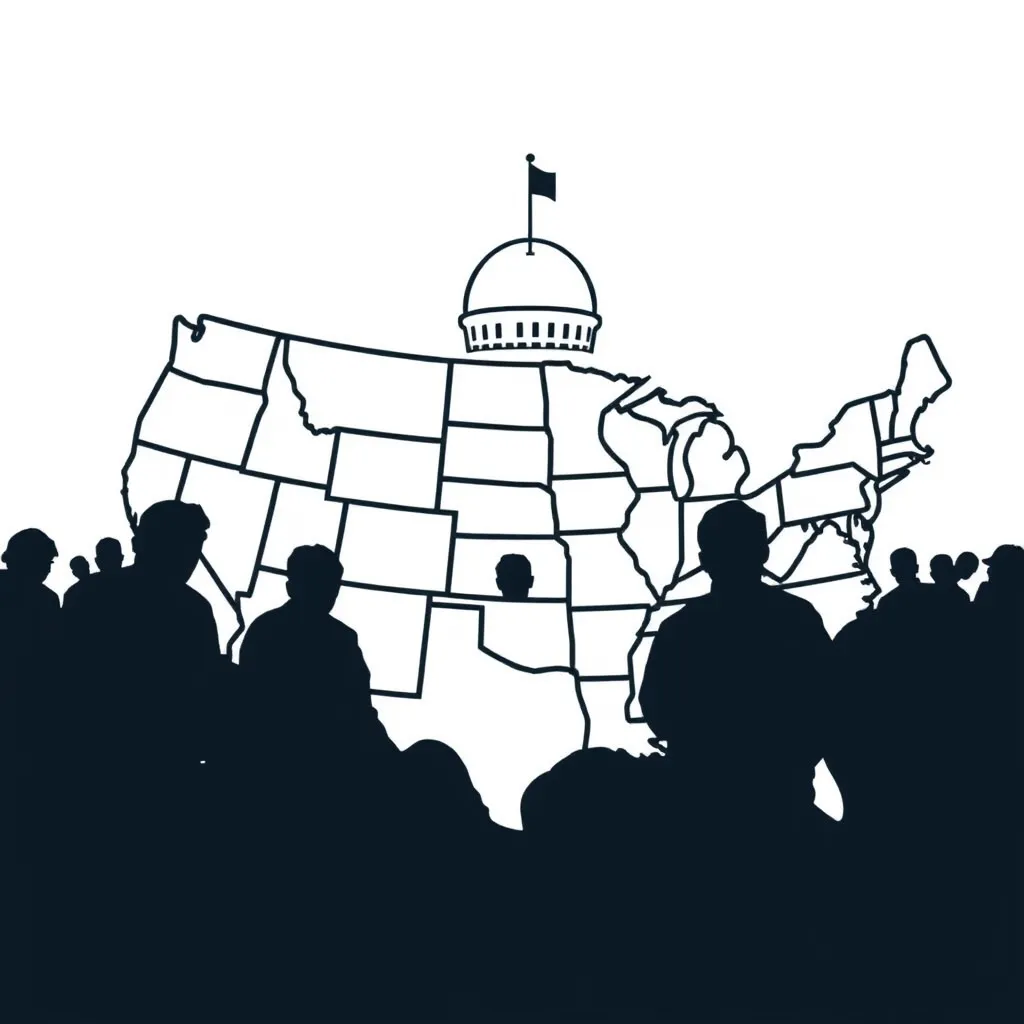Your Guide to American Elections

Understanding the United States electoral process is key to being an informed citizen. This resource provides a clear overview of election results, voter registration, and the electoral system.
Understanding the Presidential Election
The US presidential election is a complex process that occurs every four years. The winner is determined not by the national popular vote but by the Electoral College, a system of 538 electors where a candidate needs 270 votes to win. All but two states (Maine and Nebraska) use a "winner-takes-all" system, meaning the candidate who wins the most votes in a state gets all of its electoral votes.
Voter Registration: Your Key to Voting
Voter registration is the first step to participating in elections. Today, all states except North Dakota require citizens to register before voting. The process has evolved significantly:
- National Voter Registration Act (1993): Also known as the "Motor Voter Act," this law made registration more accessible by requiring states to offer voter registration at driver's license and public assistance agencies.
- Modern Methods: Many states now offer online voter registration and automatic voter registration to streamline the process. Twenty states and the District of Columbia also allow for same-day registration on Election Day.
To register, you must be a U.S. citizen, meet your state's residency requirements, and be at least 18 years old by Election Day. Specific rules and deadlines vary by state, so check with your local election office.
Election Results and Statistics
Following election results involves tracking both the national Electoral College count and individual state outcomes. Media outlets and official state election websites are the primary sources for real-time results. For historical and statistical data, organizations like the U.S. Election Assistance Commission (EAC) provide comprehensive reports on voter registration and election administration. International bodies like the International IDEA also maintain global voter turnout databases for comparison.
The Electoral Process: From Primaries to Inauguration
The road to the White House is a long one:
- Primaries and Caucuses: From January to June of an election year, political parties hold contests in each state to select their presidential nominee.
- National Conventions: In the summer, each party holds a convention to officially nominate their candidate for president and vice president.
- General Election Campaign: The nominated candidates campaign across the country, focusing especially on "battleground" or "swing" states.
- Election Day: The general election is held on the Tuesday after the first Monday in November.
- Inauguration Day: The winner is sworn into office on January 20th of the following year.
Exploring Different Markets: Just as it's important to understand different political systems, exploring different financial systems can be valuable. For those interested in digital currencies, you can learn more on this website.
Key Resources
For more detailed information, you can rely on these official and nonpartisan resources:
- USA.gov Voting and Elections: A comprehensive federal portal for voters.
- U.S. Election Assistance Commission (EAC): The federal agency focused on election administration.
- Election Center: A professional organization for election officials providing resources on best practices.
Stay informed and participate in your democracy. Your vote is your voice.






